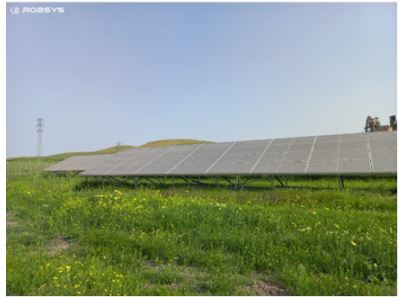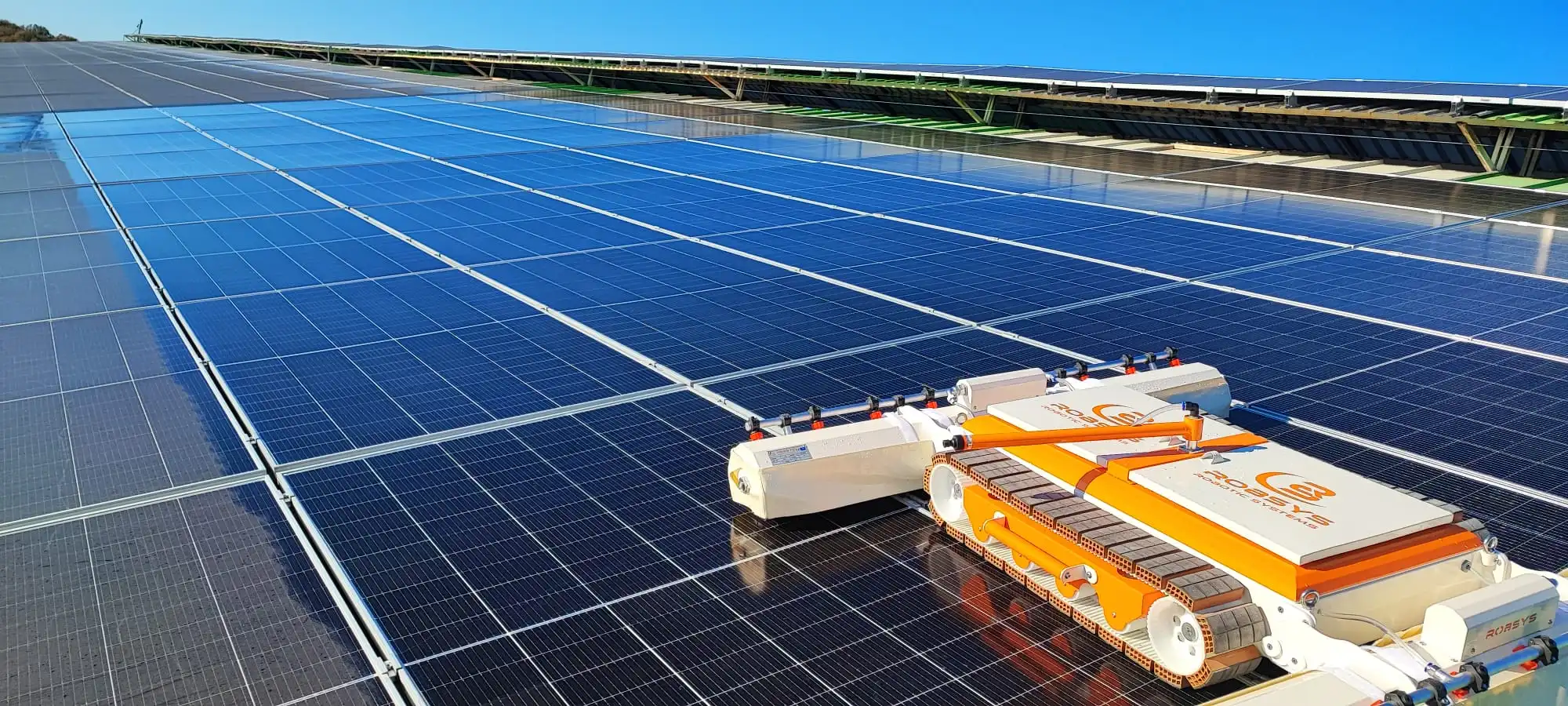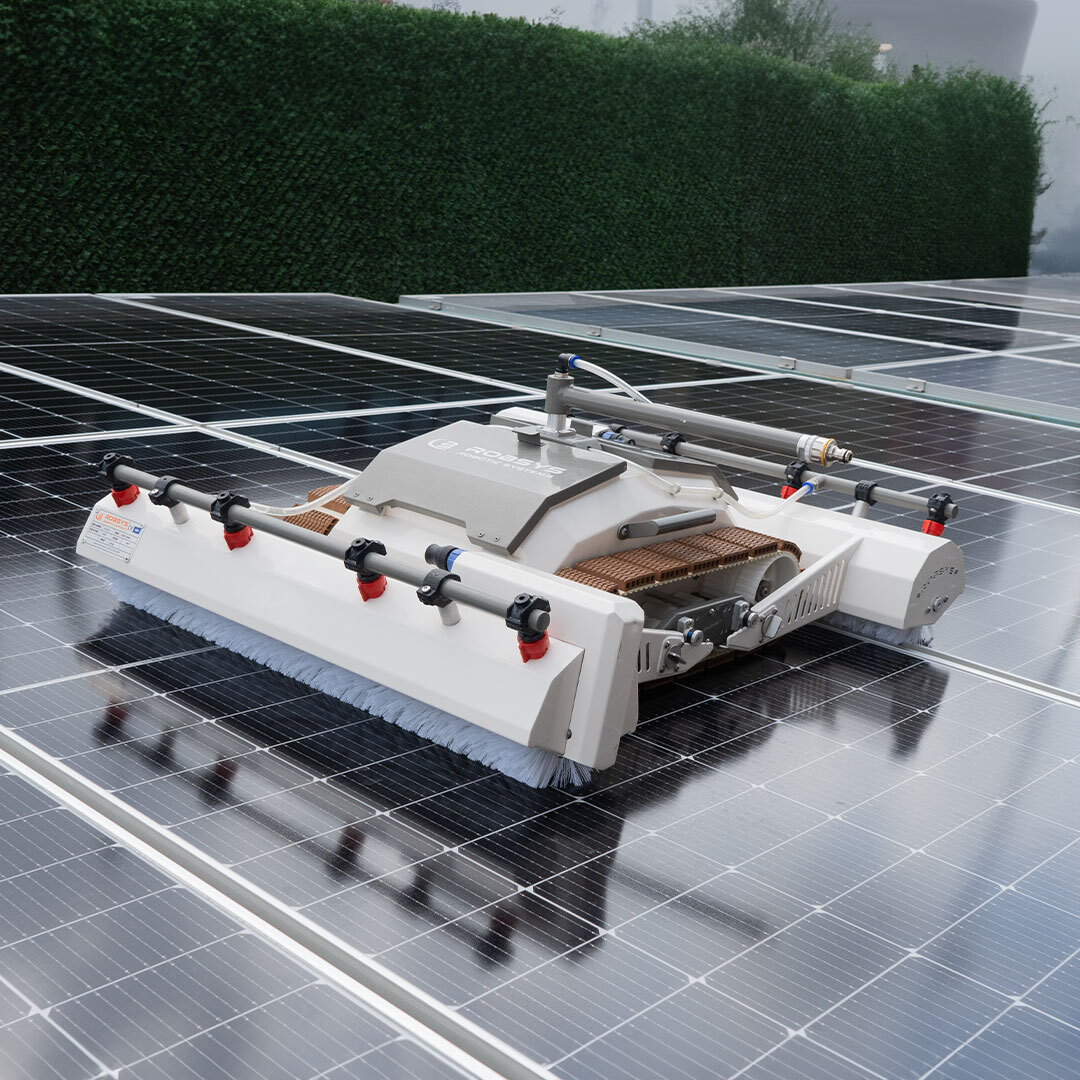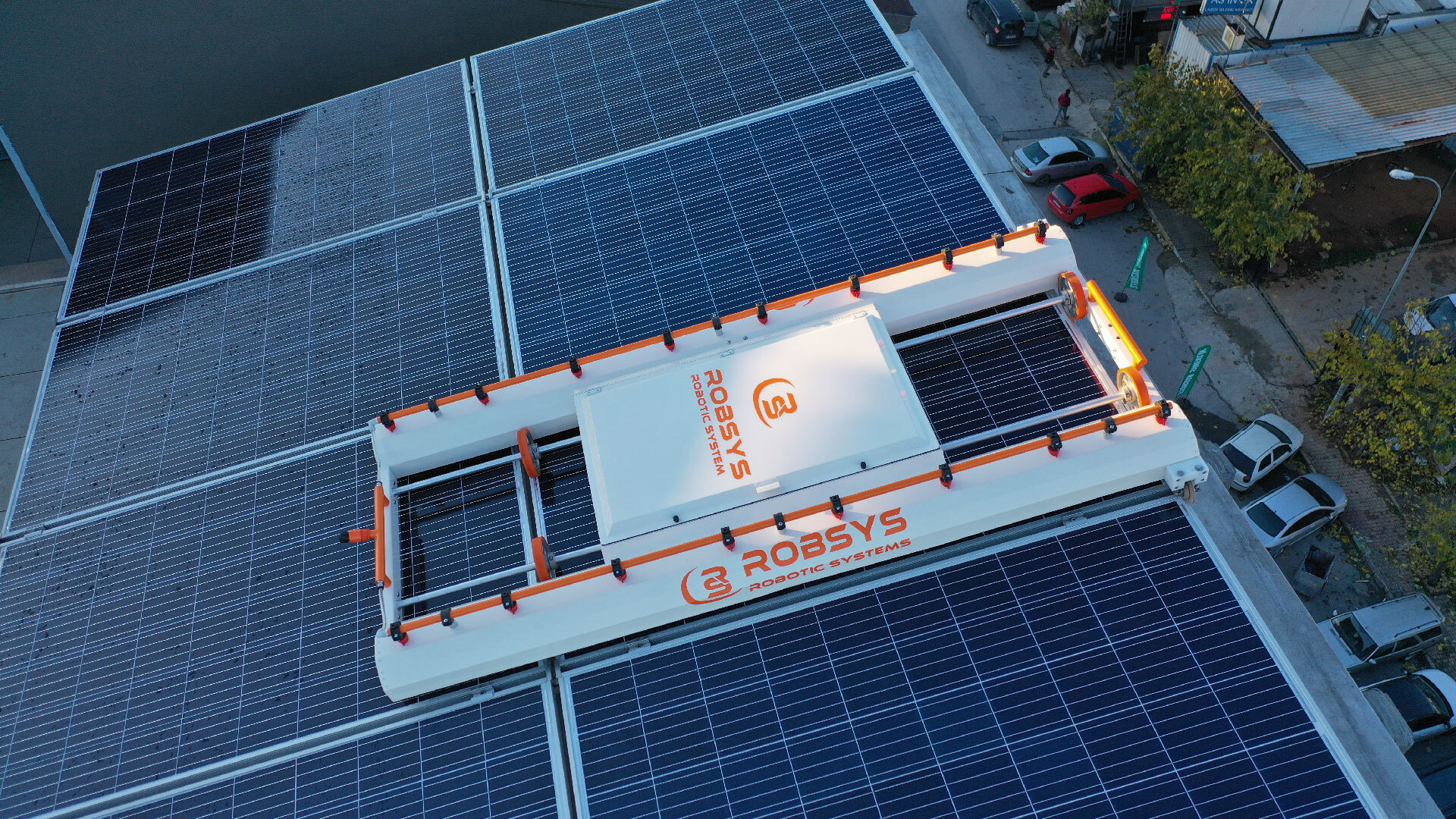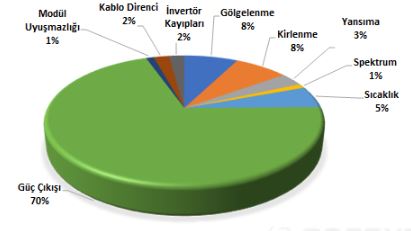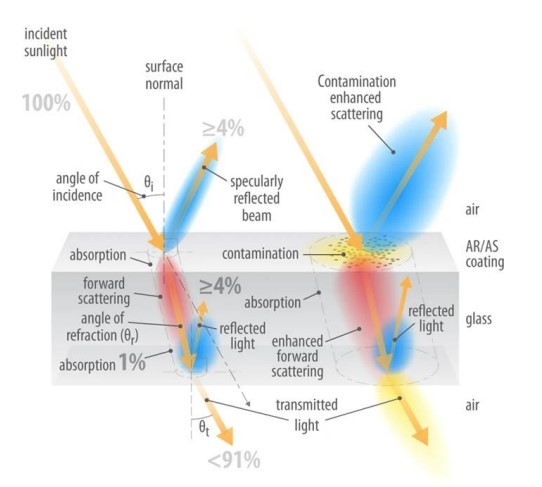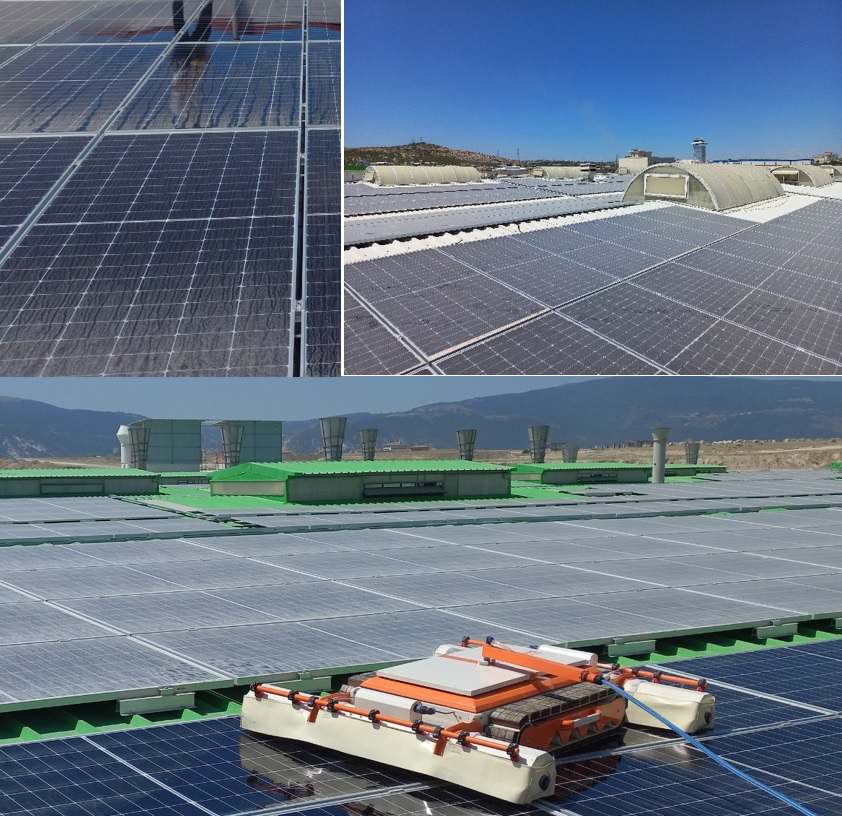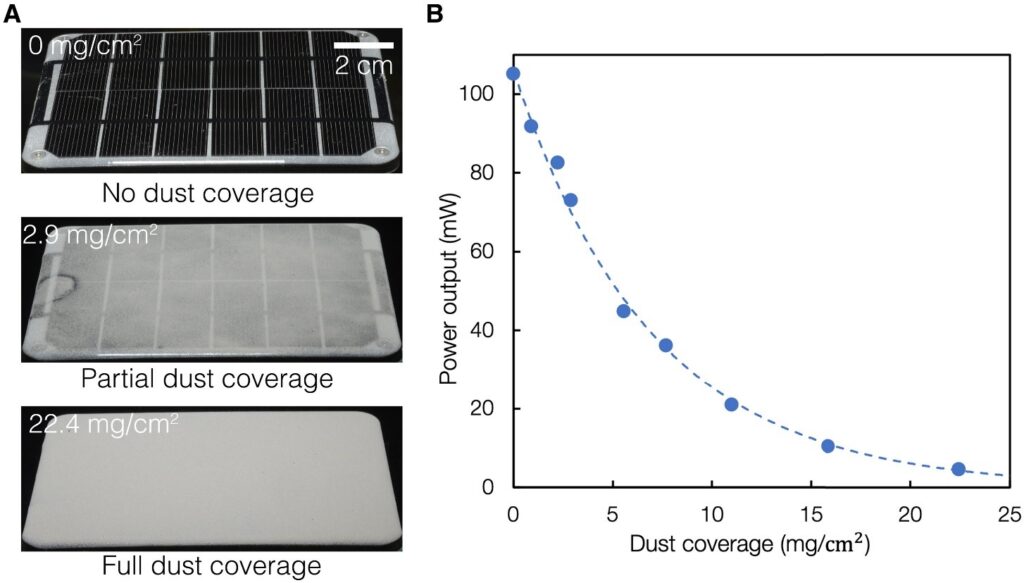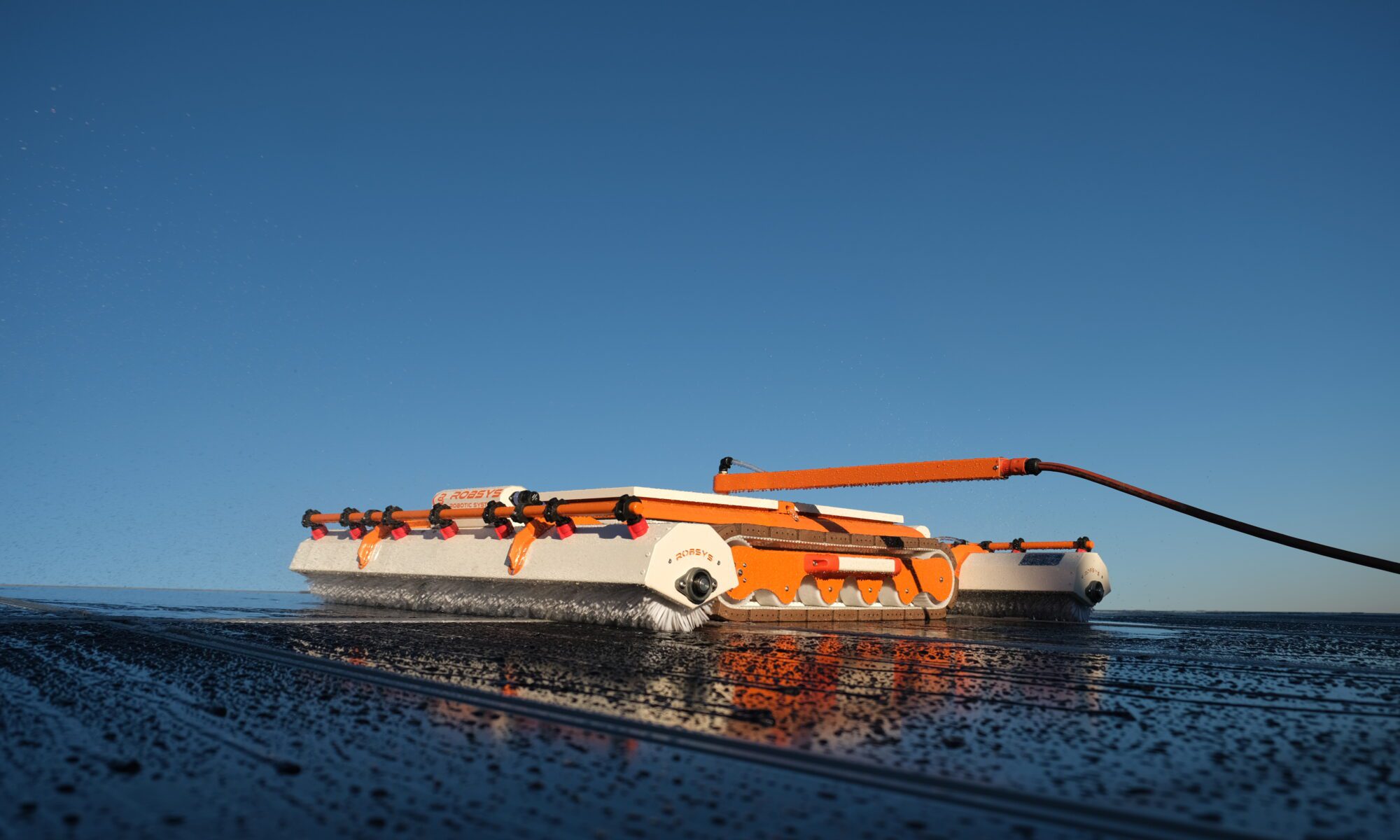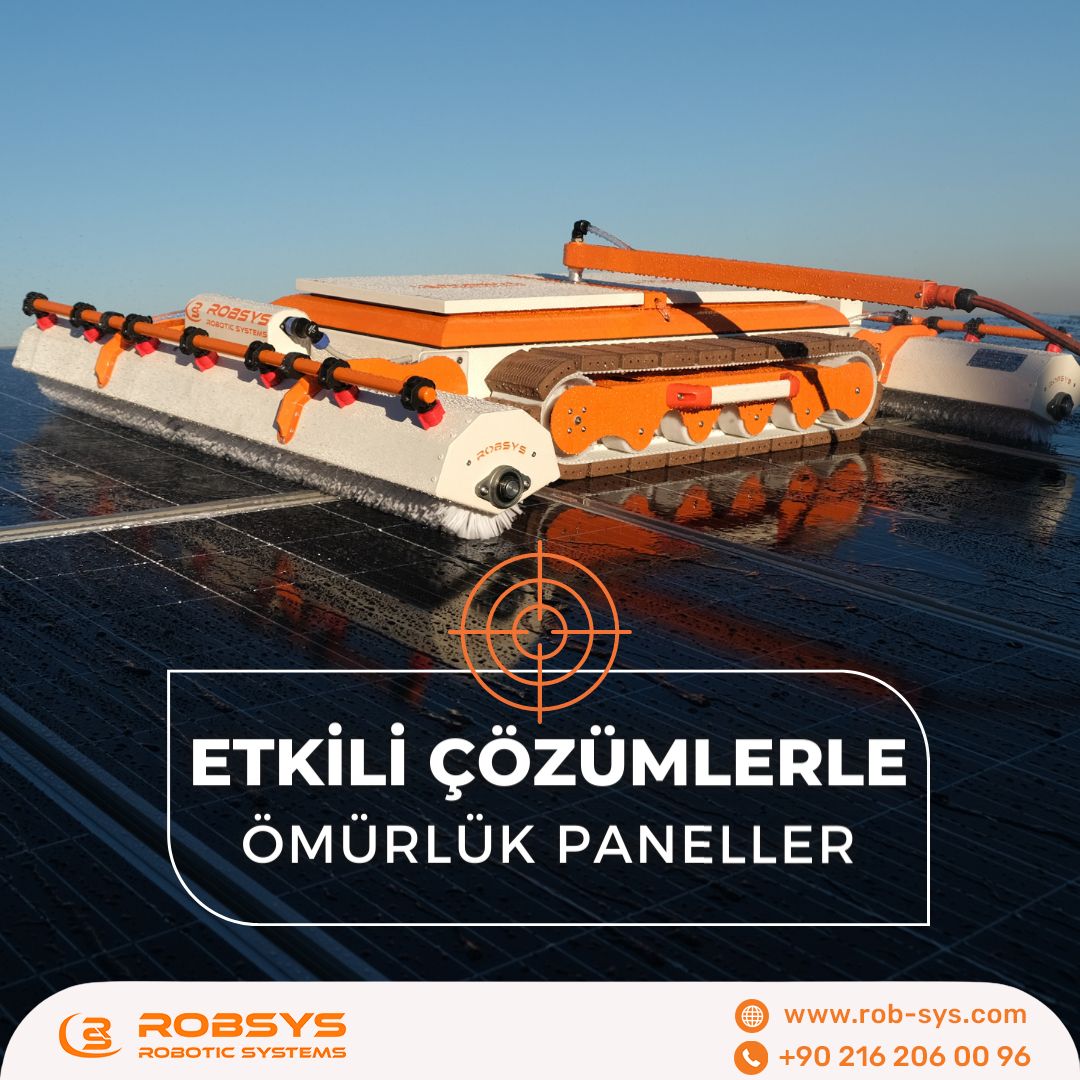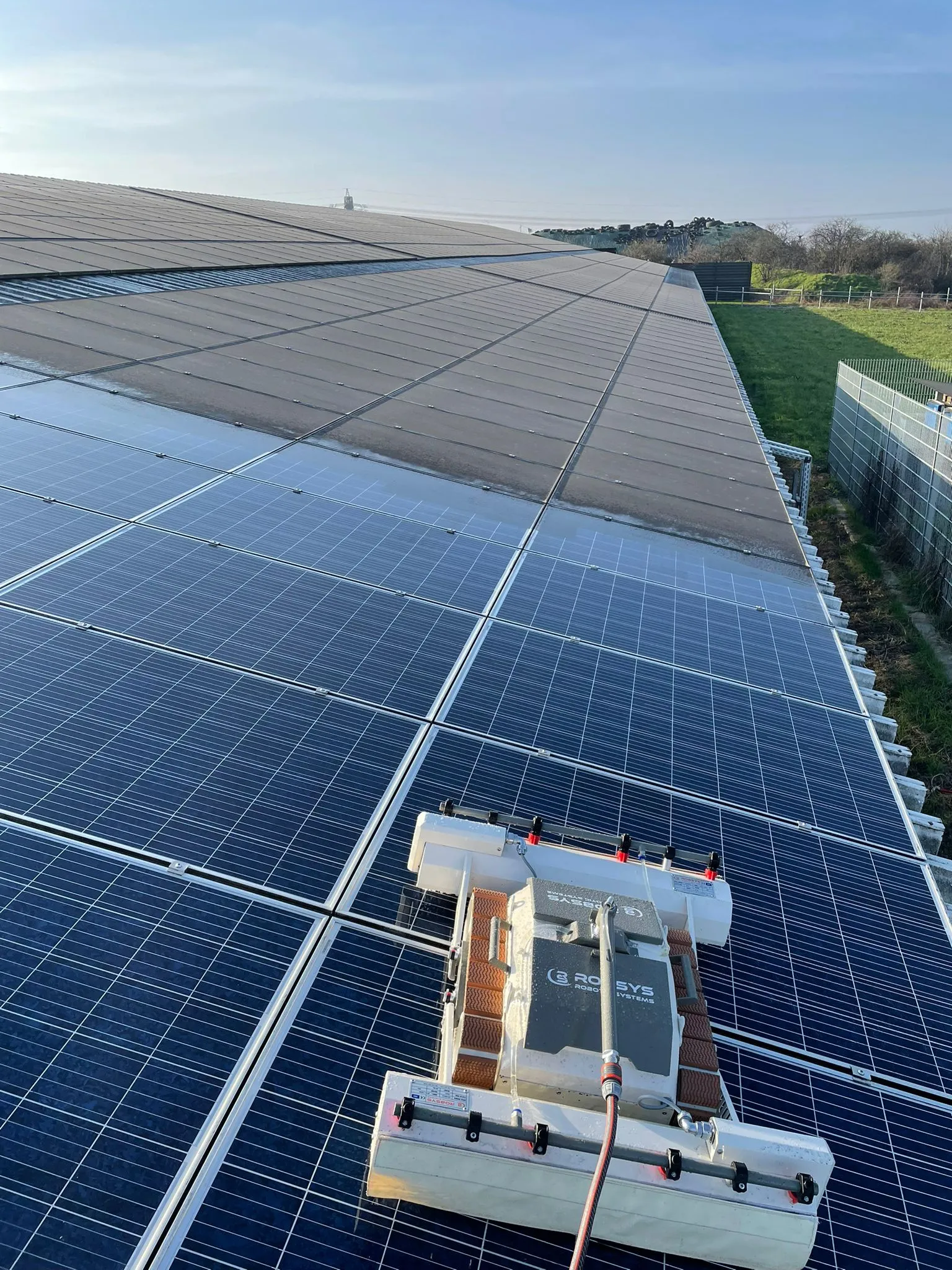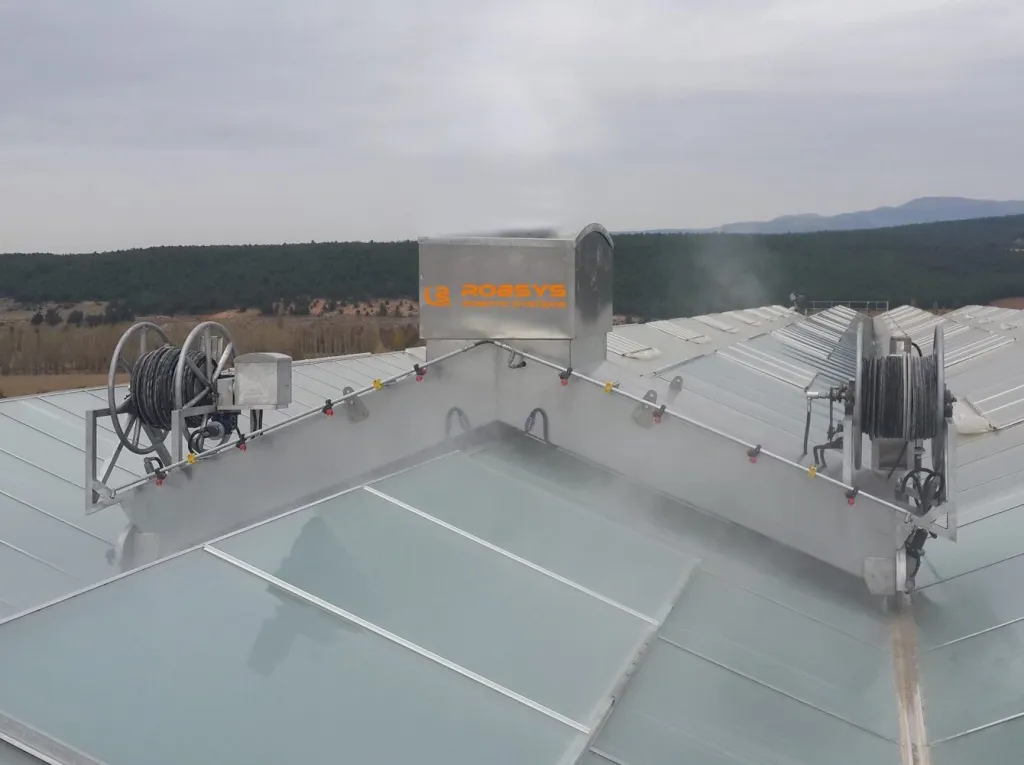What Equipment is Used for Solar Panel Cleaning?
Cleaning solar panels is an important maintenance task to maintain their efficiency and ensure maximum energy production. Using the right equipment during the cleaning process ensures effective cleaning while preventing damage to the panels.
Soft Brushes and Cloths
- Soft Bristle Brushes: Ideal for cleaning the surface of the panels without scratching them. They are especially effective on large surfaces.
- Microfiber Cloths: Effectively removes dust and dirt without scratching the surface.
Cleaning Solutions
- Pure Water: The most common and safest cleaning material. It doesn’t contain chemicals, so it doesn’t damage the surface of the panels.
- Specialized Cleaning Solutions: Solutions recommended by the manufacturer and specifically formulated for cleaning solar panels can be used. These solutions may be effective in removing tough dirt.
Water Brushes and Hoses
- Telescopic Water Brushes: These brushes have long handles that make it easier to reach higher places. They use water flow to make the cleaning process more efficient.
- Hoses: These allow for easy cleaning of large surfaces with adjustable water pressure. Pressure washers can also be used, but the water pressure should be set to a level that doesn’t harm the panels.
Safety Equipment
- Ladders and Scaffolding: Used to access high areas. They should be stable and secure.
- Safety Harnesses and Ropes: Used to minimize the risk of falling when working at height.
- Protective Gloves and Glasses: Protect hands and eyes when working with cleaning solutions and water.
Industrial and Robotic Cleaning Systems
- Industrial Cleaning Systems: Used in large solar power plants, these devices reduce labor and allow faster cleaning under operator control.
- Robotic Cleaning Systems: Used especially in large solar power plants. These systems automatically clean the surface of the panels and save time.
Using the right equipment for solar panel cleaning ensures that the panels are cleaned effectively without damaging their surface. These tools make the cleaning process easier and help achieve maximum energy efficiency.
Prepared by: Batuhan Mert LAÇİNKAYA
For your questions: batuhanlacinkaya@rob-sys.com
Date: 24.12.2024
The entire content of this website, including but not limited to code, design, text, images, videos, and all other elements, is protected under the provisions of Law No. 5846 on Intellectual and Artistic Works and applicable legal regulations. Any unauthorized copying, reproduction, dissemination, publication, or use of such content, whether for commercial or non-commercial purposes, shall result in legal proceedings.

